Battery electric vehicles are no flash in the pan, they’re here to stay. From a whole life perspective and taking everything into account from battery production to end-of-life, recent studies rate battery vehicles as having the least impact on greenhouse gasses, and the environment as a whole, than any other conventional or alternative powertrain type. That brings the importance of energy demand and sufficient charging capacity into even sharper focus than before and the organisation which will ultimately have to step up to that particular plate, will be National Grid plc.
Whether or not there will be enough capacity, the seemingly colossal scale of infrastructure improvements needed, and providing reliable enough public charging on a large enough scale have probably been the subject of more pub discussions than you could shake a stick at. That said, National Grid plc remains confident that everything will be just fine and after all, it should know.
First off, energy demand is lower now than it has been for years. The highest demand in the last couple of decades peaked in 2002 at 62GW and has now fallen to just over 50GW thanks to improvements in efficiency. National Grid estimates that even if there was an overnight switch to EVs, the increase in overall demand would only amount to 10 percent. This year, due to Covid measures, demand has fallen by another five percent and National Grid ESO (Electricity System Operator) predicts 44.7GW peak demand this winter.
EVs set to routinely cover longer journeys
All new home chargers must now be equipped with smart features to enable the local electricity distribution networks to have some control as to when charging takes place, so they can manage peak demand between 6pm and 8pm. The big change to cope with increasing numbers of EVs is likely to be in public charging. Although it’s frequently pointed out that the majority of charging is done at home, that’s not much comfort for those who want to take advantage of rapidly increasing battery capacity and use their EVs for longer distances as well. Clearly, if battery EVs are going to replace conventional vehicles to the tune of 36 million by 2040 (the number National Grid is now basing its estimates on) then a large proportion of them will be used for much more than local shopping runs or average commutes.
Relatively affordable EVs at around the £35,000 mark are realistically capable of travelling over 200 miles even with an 80 percent charge. National Grid believes an under par public charging network will inhibit the uptake of EVs due to range anxiety. According to it’s own figures, 52 percent of drivers worry about driving any distance in an EV and it’s solution is to make that concern go away with a network of 50 ultra-fast chargers at motorway services. Sites have already been earmarked (from 54 originally identified) and an ultra-fast charger would enable a suitably specified EV to recharge in five to 12 minutes. The idea is more than just a theory, and consultations have been going on with motorway services operators to assess what’s need and how the chargers will connect to the network at each one. The cost of a 50 charger network is estimated at between £500 million and £1 billion. The bad news is, as drivers might expect, ideas to pay for this include vehicle excise duty, electricity bills or some other means of taxation.


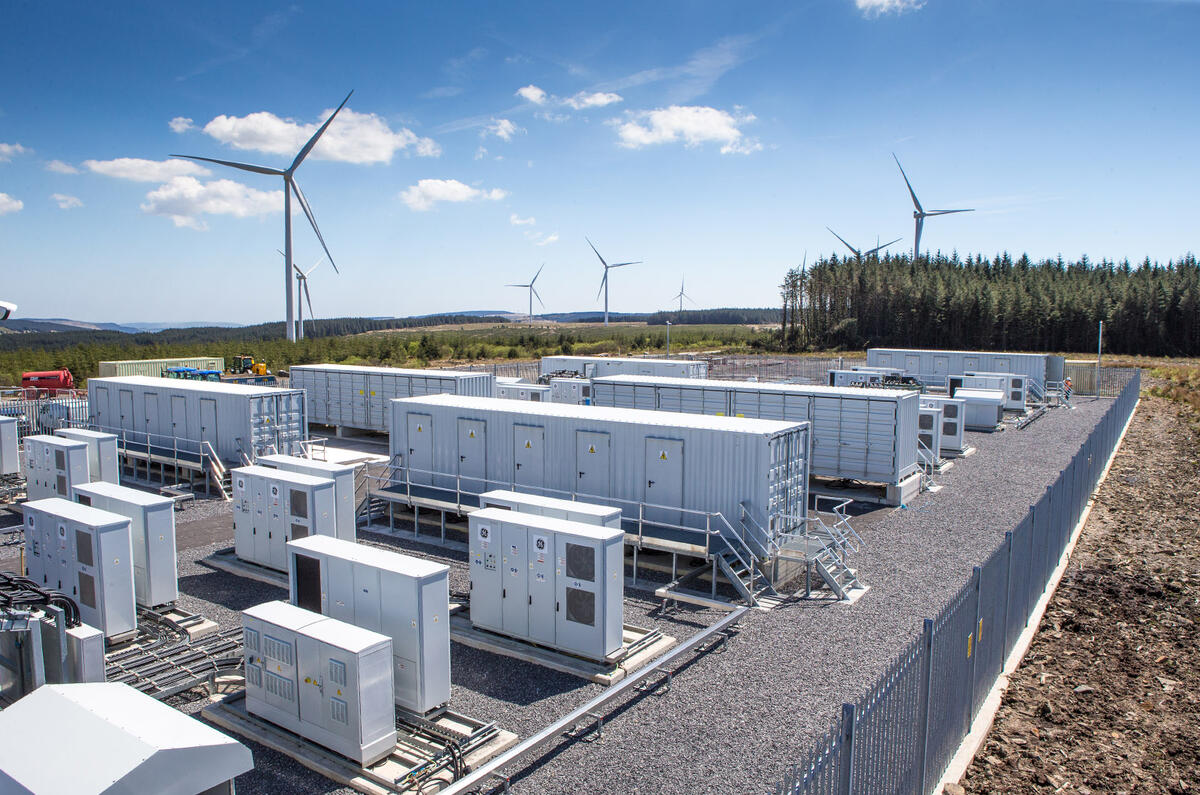
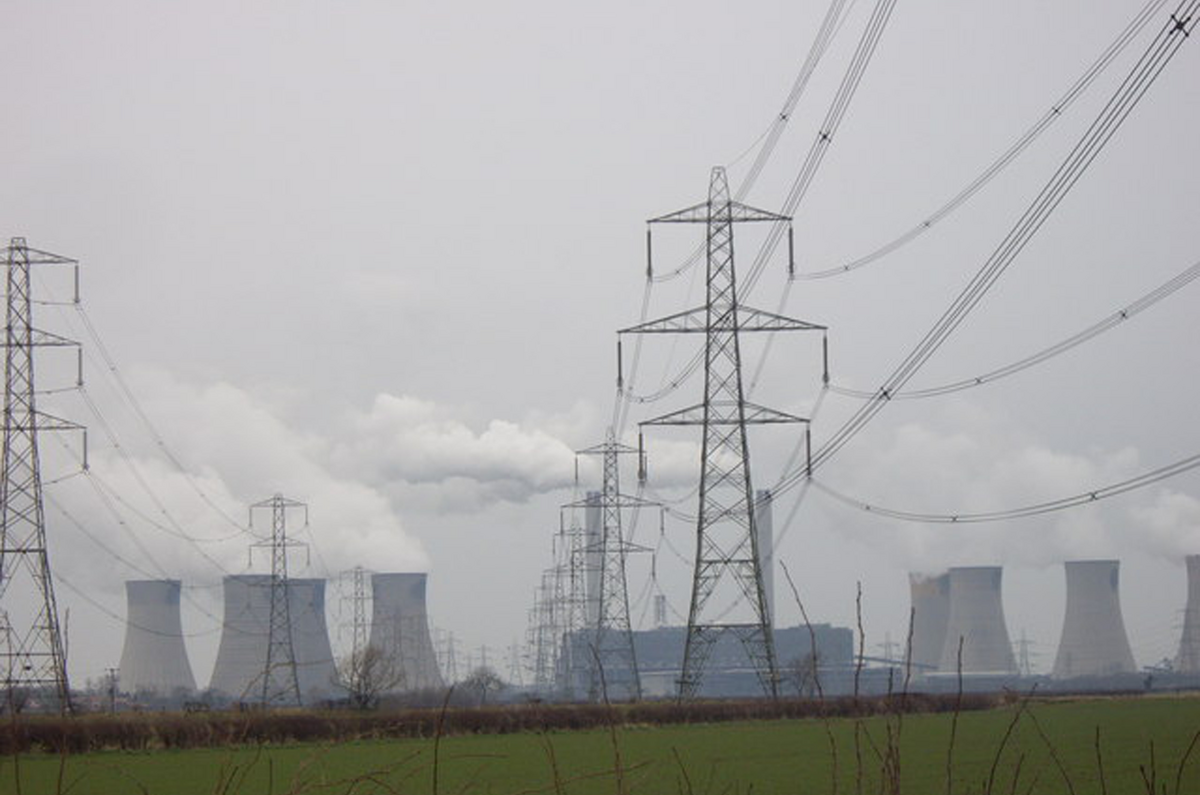
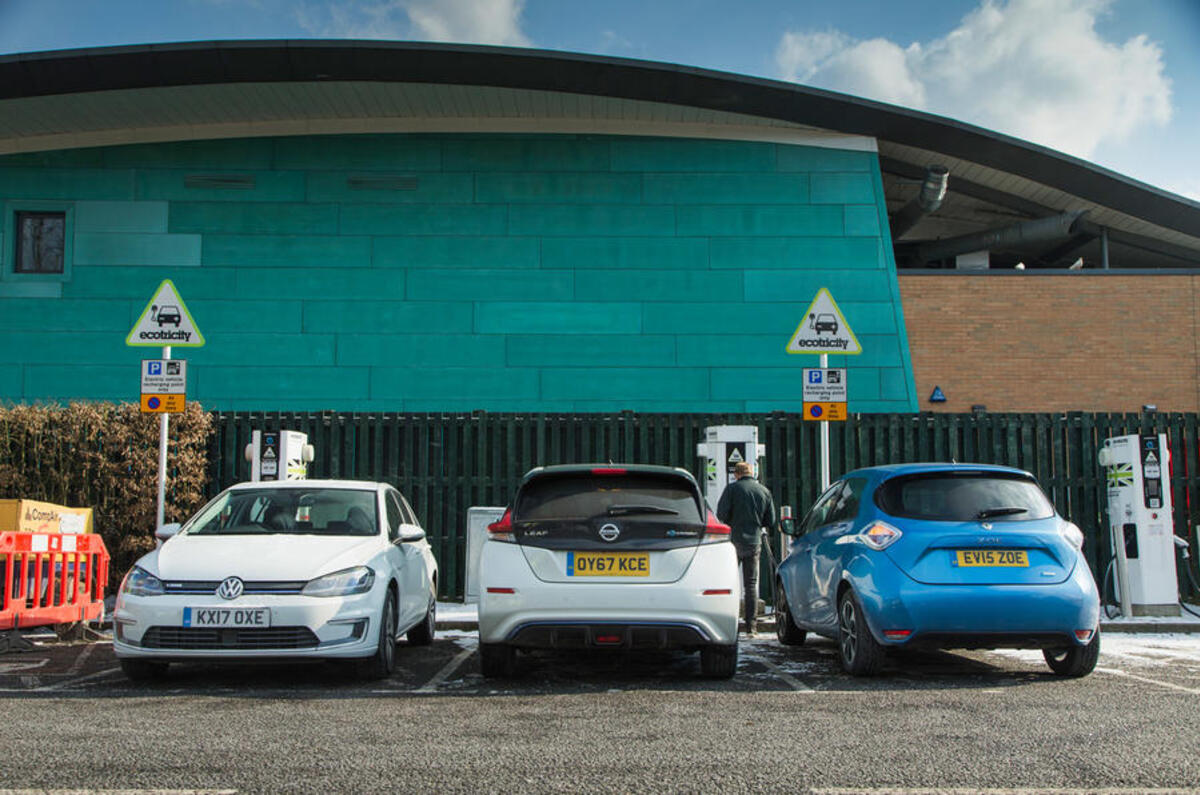
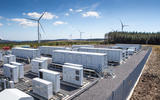





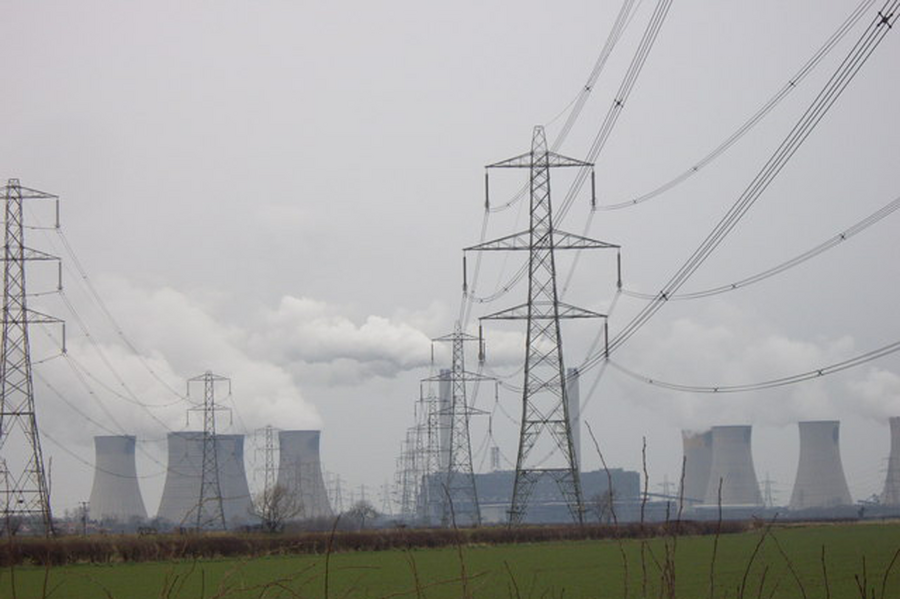
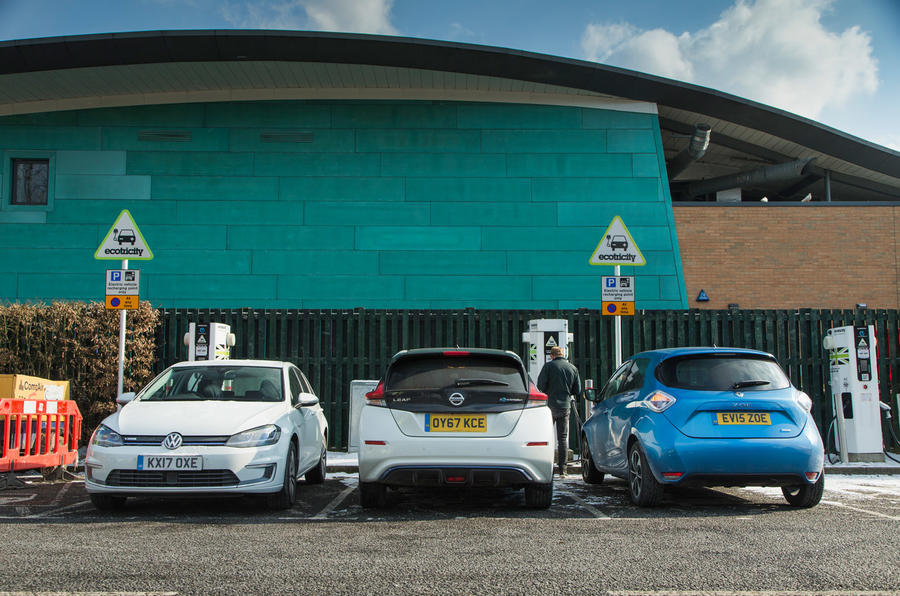

Join the debate
Add your comment
I am one of the luddites that said there would be underground fires and other related issues like overheating and I still believe that, while the national grin may be able to produce the electricity the local (loop) infrastructure will need to be upgraded i.e all local wiring will need to be capable of carrying high current otherwise there will be local restrictions.
Thanks Jesse for busting a few myths with this article, especially the ones about the grid being overloaded and unable to deal with EVs. We've known for a while that the grid will be able to cope just fine, but it's so helpful to read it in a car mag.
Vehicle to grid (V2G) is one of the most exciting potential technologies that is emerging. Taking a small amount of power, perhaps just 1kwh, from a million EVs during the evening demand peak, could remove the need for an entire gas-fired 'peaker' power station. The electricity would then be returned to the cars overnight, by off-peak renewable energy, with no inconvenience to the driver. It's for this kind of reason, alongside pollution reduction, that internal combustion will be replaced by electricity for everyday transport, because fossil fuel just can't offer the same level of advantages.
A message that never seems to get across is just how much power it needs to create one gallon of petrol, I've seen figures of 4Kwh per gallon which would obviously be a big saving straight away.